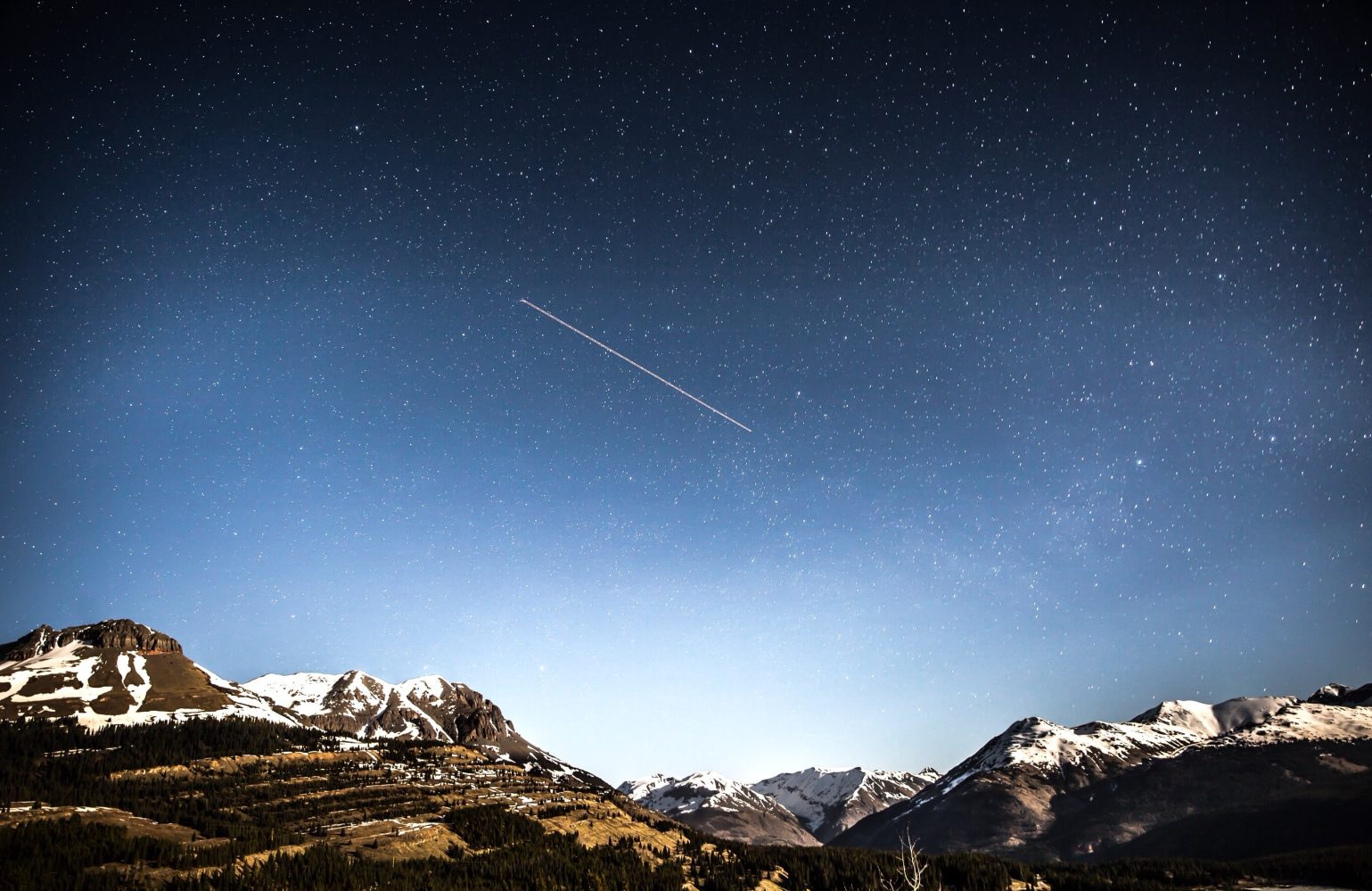
Scientists estimate some 500 meteorites plummet to Earth every year, yet less than 2% of those bodies from space are ever located – usually the larger chunks. Now researchers are seeking to up that count with drones using with artificial intelligence (AI) to distinguish meteorite fragments from regular rocks.
AI-paired drones learn to sift meteorites from rocks
A team of experts from the University of California, Davis published their study using AI to boost the efficiency of automated drones as they scour areas of established or suspected meteorite falls, or strewn fields. The uncrewed aerial vehicles (UAV) fly grid patterns at relatively low altitudes, the images from which are fed through a computer system developed to differentiate matter fallen from the skies from rocks and other objects. The technology relies on thousands of photos of recovered meteorites that, over time, serve as the drone system’s base of reference and gradually improving identification capacities.
“Those images can be analyzed using a machine-learning classifier to identify meteorites in the field among many other features,” the study says of the system, which uses “different convolution neural networks to recognize meteorites from images taken by drones in the field.”
Though recovery of larger meteorites is fairly easy (and often quite competitive, with many amateur hunters also getting involved), the smaller bits are a more complicated affair. They tend to break up and scatter over wide areas, with some ending up under tree, plant, or other cover (not to mention inaccessible spots or in bodies of water).
Fragments provide insight about the solar system
Studying those more plentiful smaller meteorites is essential to learning about their origin, the collisions that sent them to Earth, and flight path down to the ground. That information further educates experts on the 40 asteroid families in the asteroid belt, and the early evolution of our solar system.
“If the meteorite can be recovered, a fireball’s light curve and deceleration profile also provides information about how its kinetic energy is deposited in the Earth’s atmosphere,” the study explains. “That information can be used to improve predictions at what altitude asteroids of this material type fragment that are big enough to cause damaging airbursts.”
Up until now, detection has largely relied on manual hunts aided by Doppler radar and footage from high altitude or satellite cameras specially designed to identify and track meteorite activity. The new approach incorporated store-bought 3DR quadcopters equipped with GoPro Hero4 cameras to survey strewn areas in Nevada. Those UAV were programmed to fly their grid patterns at low altitudes – from 6.5 to 20 feet, depending on terrain – for clearer imagery.
Though initial trials brought back a fair number of regular rocks incorrectly being identified as meteorites, the UC Davis researchers say the continued learning of their AI system gradually and considerably reduced those over time. That – along with the continued development of more powerful detecting, imaging, machine learning, and drone tech – has left them confident gradual perfection of their UAV-based technique will make it a valuable operation tool before too long.
Photo: Averie Woodard
FTC: We use income earning auto affiliate links. More.




Comments